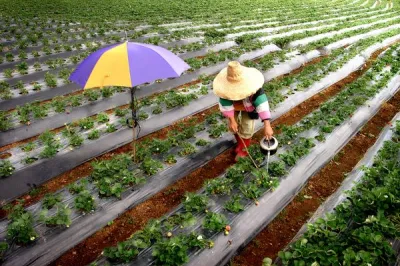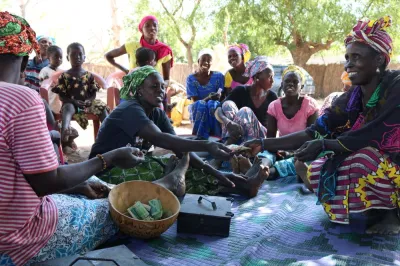Paper
Microfinance: The Miracle Cure?
Can microfinance alone remove poverty?
4 pages
This article argues that microfinance, with its vast potential to counter poverty, is not a panacea for poverty removal. It discusses the microfinance movement in India and cites evidences from the field areas of Self Employed Women's Association (SEWA) to support the credit worthiness of poor women.
The article points to the need for an integrated, holistic approach for poverty alleviation. It identifies four key components for poverty elimination through people-owned economic activities and entrepreneurship:
- Linking microfinance to livelihoods: ensuring backward and forward linkages to support women's economic activities;
- Organization building: creating membership-based, democratically functioning organizations for the poor. The collective strength through such a forum enables the hearing of the voices of the poor at the highest policy making levels;
- Capacity-building: helping poor women to run and manage their own microfinance institutions and businesses through sustained, appropriate inputs in financial services, management and leadership skills;
- Microfinance with social protection: assisting the poor entrepreneurs to counter multiple risks and vulnerabilities.
Finally, the author emphasizes the need for a favorable policy environment for microfinance by:
- Discouraging the provision of subsidies to the poor;
- Discouraging unrealistic caps on interest spread, inflexible utilization norms and long bureaucratic delays;
- Encouraging the mainstream banks to treat the poor as an alternative business line and as an important market segment;
- Recognizing the important role of the informal sector in national economics.
This paper was presented at the World Economic Forum, Davos, Switzerland, 25-30 January, 2001
About this Publication
Published


